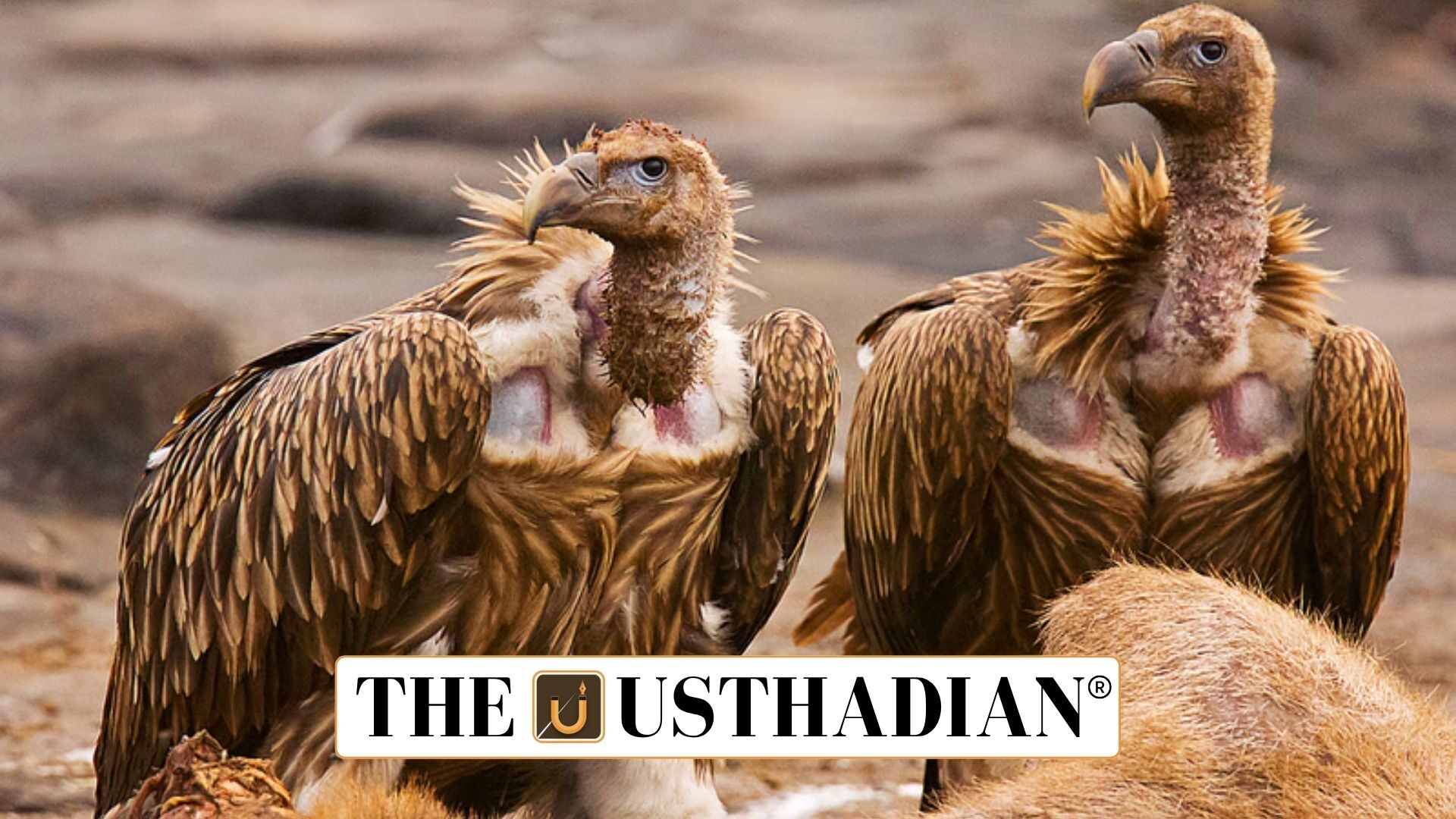Nationwide Study on Endangered Vultures
National Vulture Survey Marks a New Milestone in India’s Wildlife Monitoring: The Wildlife Institute of India (WII) has conducted the first-ever Pan-India Assessment and Monitoring of Endangered Species focusing on vultures. This milestone study estimated the breeding adult populations of four Critically Endangered species — the White-rumped Vulture, Indian Vulture, Slender-billed Vulture, and Red-headed Vulture.
Key Geographic Findings
The survey covered 216 sites across 17 states, marking India’s most comprehensive vulture monitoring effort to date. However, results revealed alarming declines — nesting was absent in nearly 70% of historical sites, indicating a significant range contraction over time.
Protected Areas (PAs) emerged as crucial habitats, hosting 54% of all documented nests, underscoring their role in vulture recovery and habitat security.
Static GK fact: India is home to nine species of vultures, out of which four are Critically Endangered, three are Endangered, and two are Near Threatened, as per the IUCN Red List.
Species-wise Observations
Indian Vulture (Gyps indicus)
Primarily found in Madhya Pradesh and Rajasthan, this species prefers cliff nesting sites, with Mukundra Hills Tiger Reserve being a stronghold.
White-rumped Vulture (Gyps bengalensis)
Populations are concentrated in Kangra Valley, Himachal Pradesh, with limited expansion due to reduced safe feeding zones.
Slender-billed Vulture (Gyps tenuirostris)
This species continues to breed mainly in Upper Assam, reflecting its restricted eastern distribution and dependence on forested landscapes.
Red-headed Vulture (Sarcogyps calvus)
Found sparsely in Madhya Pradesh, this species depends on dense, undisturbed forests and faces severe fragmentation, with extremely low population density.
Static GK Tip: The Red-headed Vulture is often considered an ecological indicator of forest health due to its sensitivity to human disturbance.
Threats and Conservation Measures
The sharp vulture decline since the 1990s is linked to diclofenac poisoning, a veterinary painkiller that causes kidney failure in vultures consuming contaminated carcasses. Habitat loss, food scarcity, and electrocution from power lines have further worsened the crisis.
To counter this, the government has implemented multiple measures, including a ban on veterinary diclofenac, ketoprofen, and aceclofenac, alongside the Action Plan for Vulture Conservation (2020–2025).
Static GK fact: The Wildlife Protection Act, 1972, lists all vulture species under Schedule I, offering them the highest level of legal protection in India.
Ecological Importance
Vultures act as nature’s clean-up crew, preventing the spread of zoonotic diseases by swiftly disposing of carcasses. Their decline directly threatens ecosystem balance and public health safety.
With the WII’s first national vulture assessment, India now possesses a scientific foundation to track trends, identify vulnerable zones, and guide evidence-based conservation planning for these vital scavengers.
Static Usthadian Current Affairs Table
National Vulture Survey Marks a New Milestone in India’s Wildlife Monitoring:
| Topic | Detail |
| Conducting Agency | Wildlife Institute of India (WII) |
| Survey Coverage | 216 sites across 17 states |
| Focus Species | White-rumped, Indian, Slender-billed, and Red-headed vultures |
| Protected Area Contribution | 54% of all documented nests found within PAs |
| Major Threats | Diclofenac poisoning, habitat loss, electrocution |
| Legal Protection | Schedule I, Wildlife Protection Act, 1972 |
| Conservation Plan | Action Plan for Vulture Conservation (2020–2025) |
| Vulture Role | Scavengers maintaining ecological and public health balance |
| Major Regions | Madhya Pradesh, Rajasthan, Himachal Pradesh, Upper Assam |
| IUCN Status | Four Critically Endangered vulture species in India |








